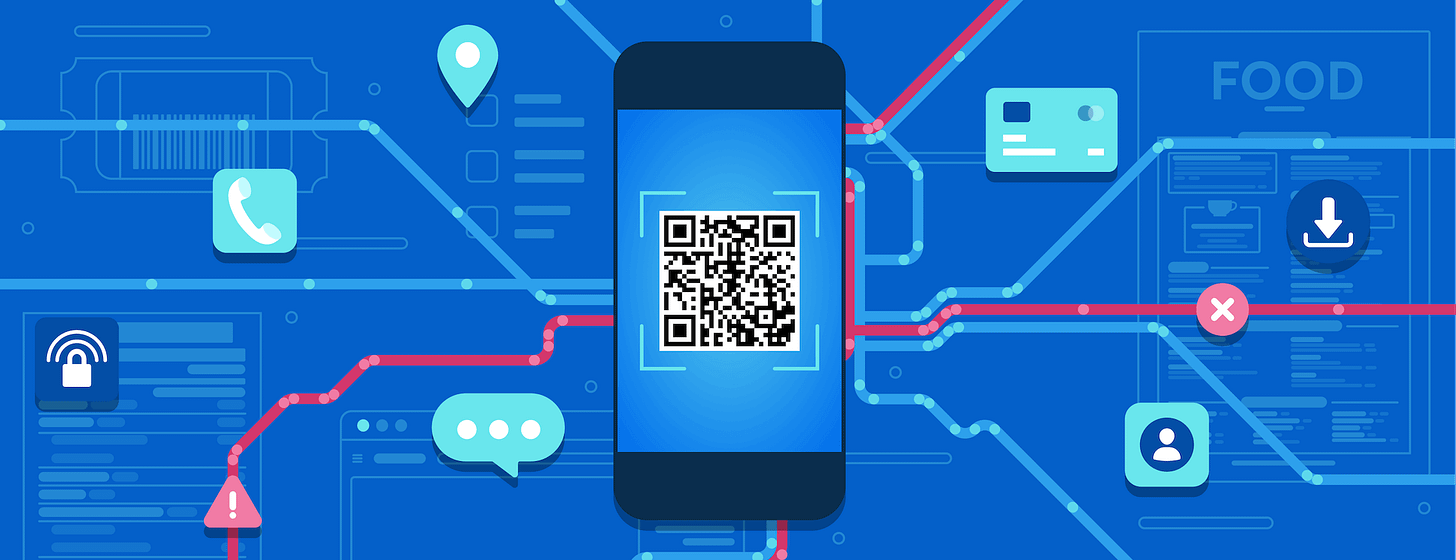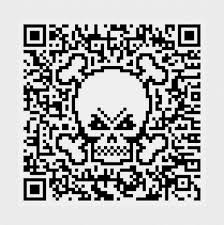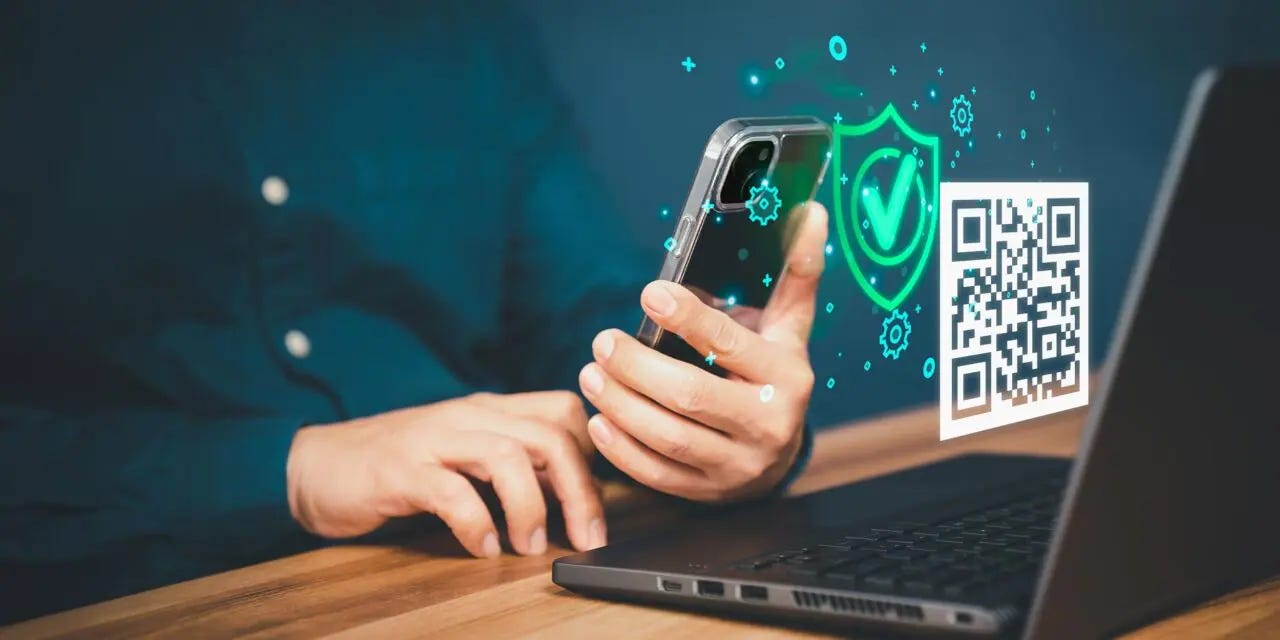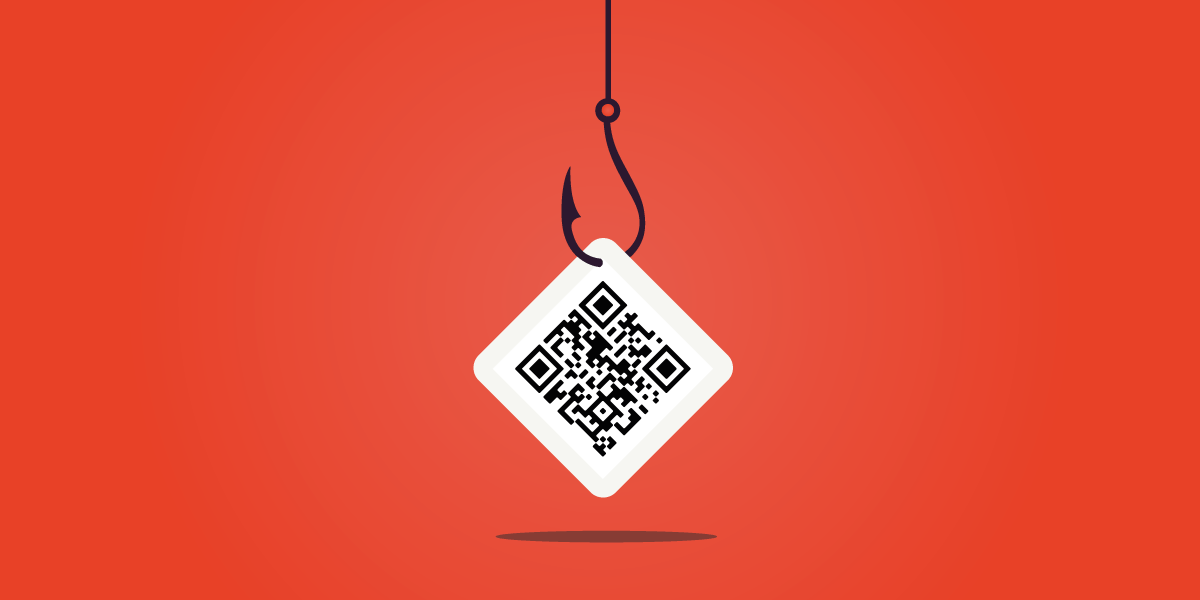The Hidden Dangers of QR Codes: Understanding Quishing
The Hidden Dangers of Convenience: Understanding Quishing and Protecting Your Digital Footprint
Have you ever scanned a QR code without thinking twice about where it might lead?
In an age where convenience meets cyber risk, it’s time to rethink how we interact with these digital shortcuts.
Lately, I have reflected on how QR codes have become an essential component of both company processes and daily life. Despite being a technology invented in the 1990s, we have witnessed a spectacular surge in the implementation of such, particularly during the COVID-19 pandemic, which prompted the QR popularity to mainstream utilization as they allowed users to access information by the like of menus, payment options, and even contact tracing capabilities without touching anything. This innovation immediately became synonymous with modern convenience, with businesses and consumers alike praising its ease of use. However, like many technological developments, QR codes have attracted cybercriminals who use them for nefarious intentions, a problem known as "quishing."
The Compelling Case of Quishing: A Rising Cyber Threat
QR codes, which were first designed in the 1990s to track automobile parts, have since gained significant usage across a variety of businesses. From 2021 to 2025, their use has increased by an incredible 433%, greatly boosted in response to the pandemic's demand for frictionless encounters.
Unfortunately, this quick expansion has exposed new vulnerabilities as hackers began employing QR codes for phishing, giving rise to the word "quishing," which combines "QR" and "phishing": it is essentially a form phishing attack that cleverly uses QR codes to trick users into visiting malicious websites.
How Quishing Works
Cybercriminals use a variety of ways to trick people into scanning infected QR codes. These frequently result in stolen personal data, financial theft, or malware infection. Let’s look at them in details.
Email-Based Attacks: Email-based attacks involve scammers embedding fake QR codes in emails that appear to come from reputable institutions like banks or tech companies. When unsuspecting users scan these codes, they are led to phony login pages meant to steal login credentials, or being the first step for a more complex penetration strategy.
Physical tampering: This scenario occurs when fraudulent QR codes are placed over legitimate ones in public spaces such as parking meters or restaurants. Users unwittingly scan these, believing they are accessing secure systems but ending up on dangerous websites.
Social Engineering Scams: Scammers take advantage of psychological vulnerabilities by developing QR codes that promise savings or unique offers but instead install malware or ask for sensitive information.
Real-World Cases of Quishing
The emergence of quishing has resulted in countless real-world events.
Parking Meter Fraud: In 2023, motorists in key UK and US cities fell victim to bogus QR codes on parking meters, which drove them to fraudulent payment portals, resulting in cash losses and, in some cases, parking fines.
[Source: https://www.bbc.com/news/articles/c5ywr7pl4d4o ]Restaurant Scams: When diners scanned menu-related QR codes, they were unintentionally routed to phishing websites that stole credit card information and login passwords for meal delivery applications.
Corporate Data Breaches: Large corporations stated that employees were targeted by quishing attacks, in which hackers exploited malicious QR codes to infiltrate business networks and steal critical data.
At this stage a question comes in mind: how can you ensure that the QR codes you scan are safe and not a gateway for hackers to steal your personal information?
Let's see and grasp the key steps to protect yourself from these kind of attacks.
Protecting from Quishing
As quishing continues to rise, adopting proactive security measures is not just advisable—it's essential. Here are some key strategies to safeguard against these threats:
- Verify Before Scanning: Always carefully scan public area QR codes for signs of tampering.
- Manually Enter URLs: If prompted to login sites by a scanned code, manually enter the URL instead.
- Use Secure Apps: Make use of apps that authenticate codes before clicking links;
- Be Wary of Unwanted Emails and Messages: Verify the legitimacy of unsolicited email attachments before opening them
- Implementing multi-factor authentication (MFA) adds an extra layer of security, ensuring that even if credentials are compromised, critical accounts remain protected;
- Update Security Software Frequently: Make sure your devices have security software that is up to date and able to identify malicious links;
- and most importantly, RAISE AWARENESS: Companies should train staff members about quishing risks so that everyone is alert to such threats.
Conclusion
Due to their unmatched convenience, QR codes have unquestionably transformed the way that companies and customers communicate. As per every technology they are not inherently risky, it's where they lead that poses risks. It is therefore critical to maintain vigilance and implement security best practices as fraudsters change their strategies. People and organizations can avoid being victims of quishing and other new cyberthreats by being aware of the risks and adopting precautions.
Stay ahead of emerging cyber threats by subscribing to my Substack newsletter! You'll get exclusive insights into the latest cybersecurity trends, expert tips on protecting your digital footprint, and early access to in-depth articles like this one—empowering you with knowledge that keeps pace with tomorrow’s challenges today! 📚💻






